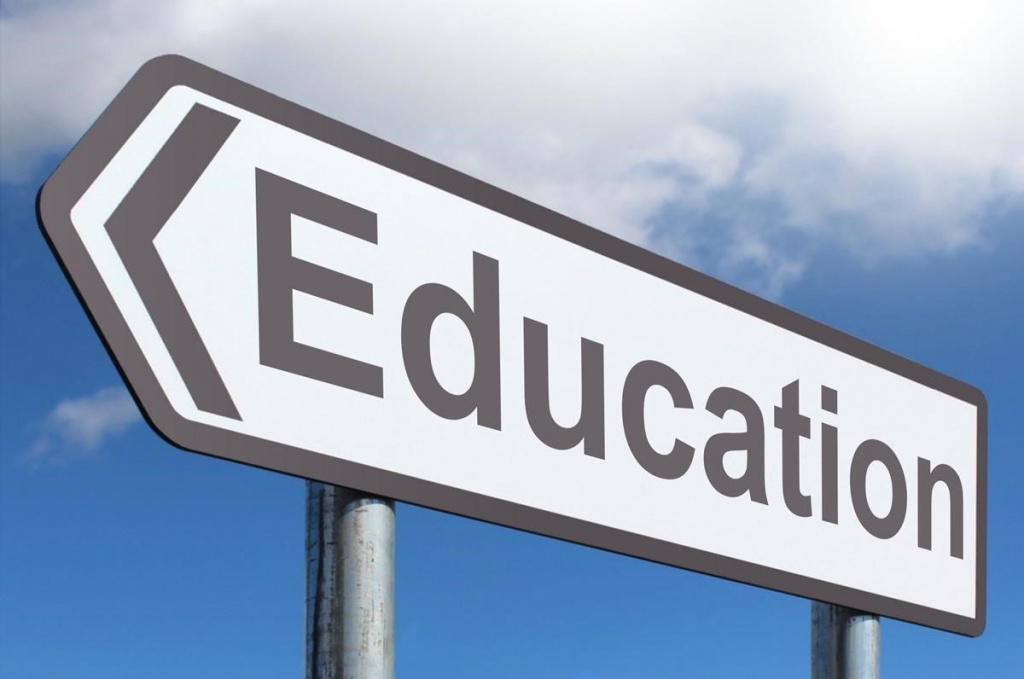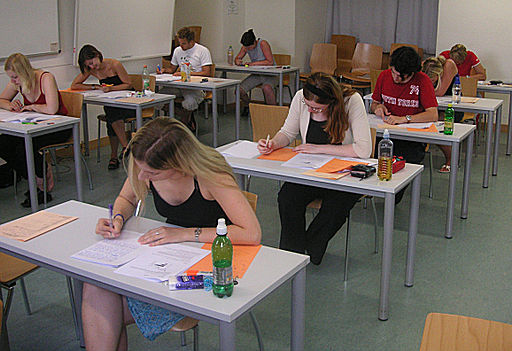
Education isn’t just based on grades, standardized testing, and teacher evaluations. Education is the cultivation of learning; it brings about an inherent and permanent change in a person’s thinking and capacity to do things. It is the development of understanding and judgment, and enabling action. Learning is both a process and an outcome. It is often said that we are learning all the time and that we may not be conscious of it happening. Good learning is something that takes time. Real education is very different to just having access to information about something. Real education embeds things into one’s brain, and anyone who understands learning will understand that this comes from repeated exposure and use of information or skills.
Primary Education
Primary education or elementary education is for children in kindergarten through sixth grade. U.S. children begin primary school at around age six. Elementary education provides students with a basic understanding of various subjects, as well as the skills they will use throughout their lives. According to the United States Department of Education, every state government in the United States regulates primary education. Additionally, some states also supervise the curriculum, processes and standards of elementary schools to ensure students receive a quality education.
According to the United Nations Children’s Fund, providing children with this education has many positive effects, such as decreasing poverty, decreasing child mortality rates, encouraging gender equality, and increasing environmental concern. The subjects provided in primary education are: math, science, language arts, history, geography, art and music.
Middle & Secondary Education
Middle education consists of two programs, middle school and high school. A diploma or certificate is awarded upon graduation from high school. A period of middle schooling follows which is between the years of primary school and secondary school. Middle school is usually 6th grade to 8th grade, but it may vary from state to state.
Secondary Education, mostly known as high school, includes grades 9-12. In secondary education, students learn about subjects, such as English, math, science and complete elective courses. Students in second education attend various classes in different classrooms throughout the day, unlike in primary education, where you are typically assigned to one classroom. Classes are usually held between 30-90 minutes. High schools also offer honors or advanced classes for students who desire more challenging coursework. These classes aren’t just challenging, but they also help the chances of student’s getting into colleges. Students begin secondary education at about age 11 to 13 and usually end at about age 15 to 18.
College Education
A college education has been understood as a key to greater career opportunities and enhanced lifetime earnings. The tangible benefits of such an education are apparent in statistics that link higher degrees with increased income potential. For instance, in 2015, bachelor’s degree holders earned 64% more than those with a high school diploma. Furthermore, bachelor’s degree recipients can expect to earn about $1 million more over a lifetime than someone without a college education. Data from the U.S. Census Bureau in 2017 also indicated that median weekly earnings and unemployment rates were significantly impacted by the level of education obtained. A college degree also brings in its wake the possibility of better jobs which translate into better benefits and perks, ranging from health and eyecare insurance, paid time offs, dental insurance to transportation and parking reimbursements, flexible schedules, and lucrative severance packages.
However, the importance of a college education extends beyond tangible benefits. College provides an opportunity for exploration, personal growth, and the ability to form life-long connections. It exposes students to new environments and challenges, fostering adaptability and resilience. College offers opportunities for internships, overseas travel, and research, all of which can be transformative experiences that lead to tangible results in professional life. Moreover, a college education can open doors to careers with almost limitless possibilities, such as aerospace engineering. Beyond academic and career opportunities, college is a space to build networks and relationships that can persist and prove valuable throughout one’s life. From peers and mentors to influential individuals in various fields, the connections made during college years can be utilized for personal and professional advancement. Lastly, college is also often a setting where meaningful personal relationships, including romantic ones, are formed, contributing to the richness of the college experience.

Graduate Education
Graduate school, also known as “grad school,” is a term used mostly in North America to denote an institution of higher education that offers postgraduate degrees. These degrees are often obtained through master’s and doctoral (PhD) programs that require applicants to have completed an undergraduate degree prior to admission. Graduate schools are typically either departments within universities or distinct colleges devoted solely to postgraduate education. A large proportion of students pursue master’s or doctoral degrees in fields that align with their undergraduate majors, aiming to delve deeper into their chosen specializations.
However, graduate schools also cater to individuals seeking a change in their academic or career trajectory. They offer opportunities to explore new fields and acquire different skills, reflecting the versatility of graduate education. A number of master’s programs are open to graduates from any discipline, and many consider relevant work experience in addition to academic qualifications. In instances where certain prerequisite courses are necessary, fast-track or conversion courses may be available to help students reach the required academic standard. The term “grad school” is used variably outside of North America; some universities may label their postgraduate departments as ‘graduate schools’ of a particular discipline, such as the Graduate School of Law or Medicine. Others may integrate undergraduate and postgraduate programs within the same faculty, without specifically using the term ‘graduate.’
Continuing Education
Continuing education refers to the pursuit of further formal learning activities that are not primarily aimed at obtaining a college degree. This concept, which is widely recognized in the United States and Canada, encompasses the process of refreshing or expanding one’s knowledge, skills, and current practices. The delivery of continuing education can take various forms, including course-based, self-directed, group-based, or online hybrid methods. The measurement of these courses is often denoted in Continuing Education Units (CEU’s). However, the comparability of these courses with traditional college degree programs can be complex due to differences in assessment methods.
Continuing education encompasses a broad array of educational pursuits, ranging from earning a GED to acquiring professional certifications or attending corporate training and industry conferences. This continuation could involve postsecondary degrees at the associate, bachelor’s, or graduate level, as well as on-the-job training, military training, or learning English as a second language. Additionally, personal development and self-paced learning also fall under the umbrella of continuing education, as does training received through voluntary services. The pursuit of continuing education can vary significantly in terms of time commitment and setting. Learning could take place in traditional classrooms, conference centers, or online environments, at various times of the day. Some continuing education programs could span over several months or even years, while others may only last a few hours. Regardless of the format, continuing education often plays a crucial role in one’s career progression and overall personal satisfaction, underlining the notion that it’s never too late to continue learning.
Vocational Education
Vocational education is organized educational programs offering a sequence of courses which are directly to the preparation of individuals in paid or unpaid employment in current or emerging occupations requiring an advanced degree. Vocational education refers to career education of technical education. It can be described as a training that emphasizes knowledge and skills needed for a specific trade, craft or job function. Vocational education focuses on practical applications of the skills learned or acquired and it provides the much needed hands-on instruction in a specific trade.
Encourage Education
In the workplace, 85% of current jobs and 90% of new jobs require some or more college or post-secondary education. It’s important to support and encourage children’s success in school. You should listen and help, to encourage, to hold reasonably high expectations, to work with teachers and set aside funds for further education. You know what they say kids are our future!
Do you still have questions about education? Check our additional topics covering public education, continuing education, college education, and test prep tutoring.

